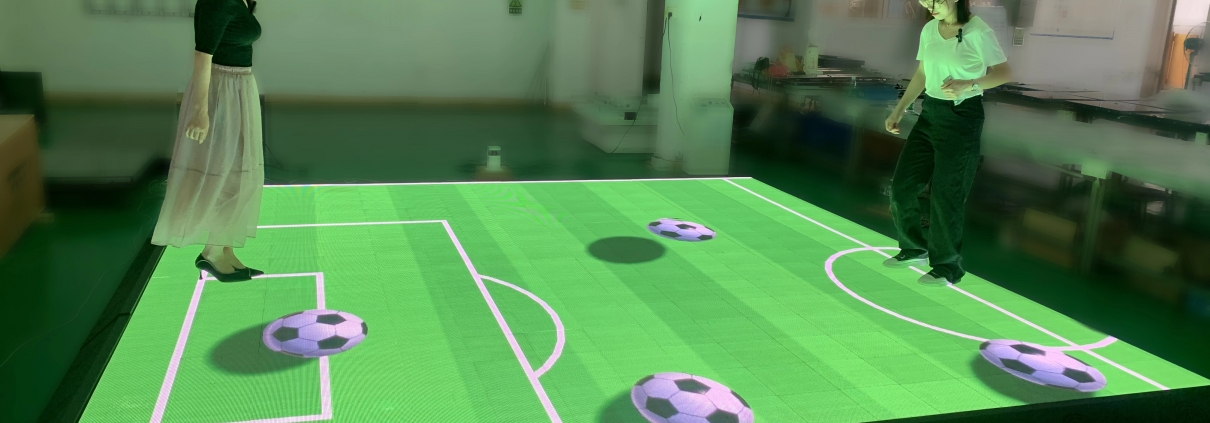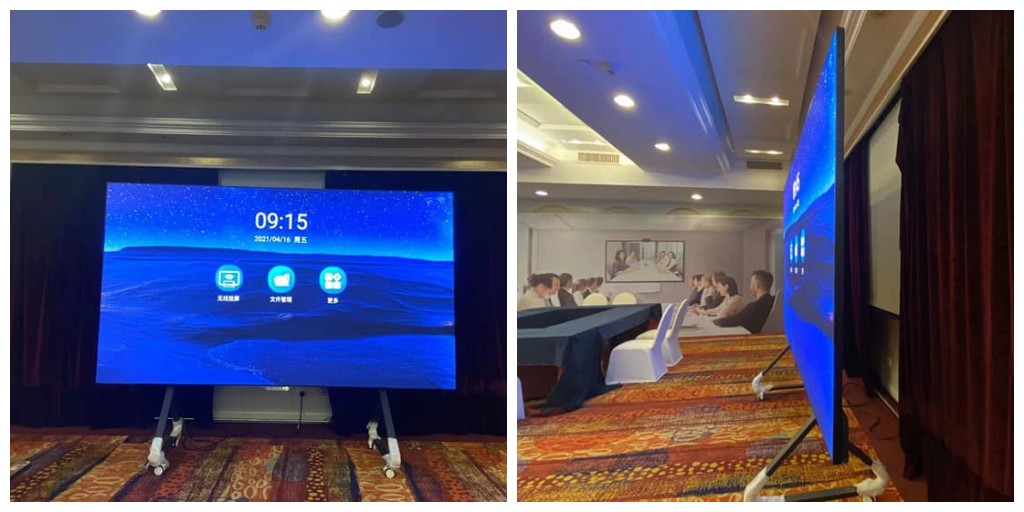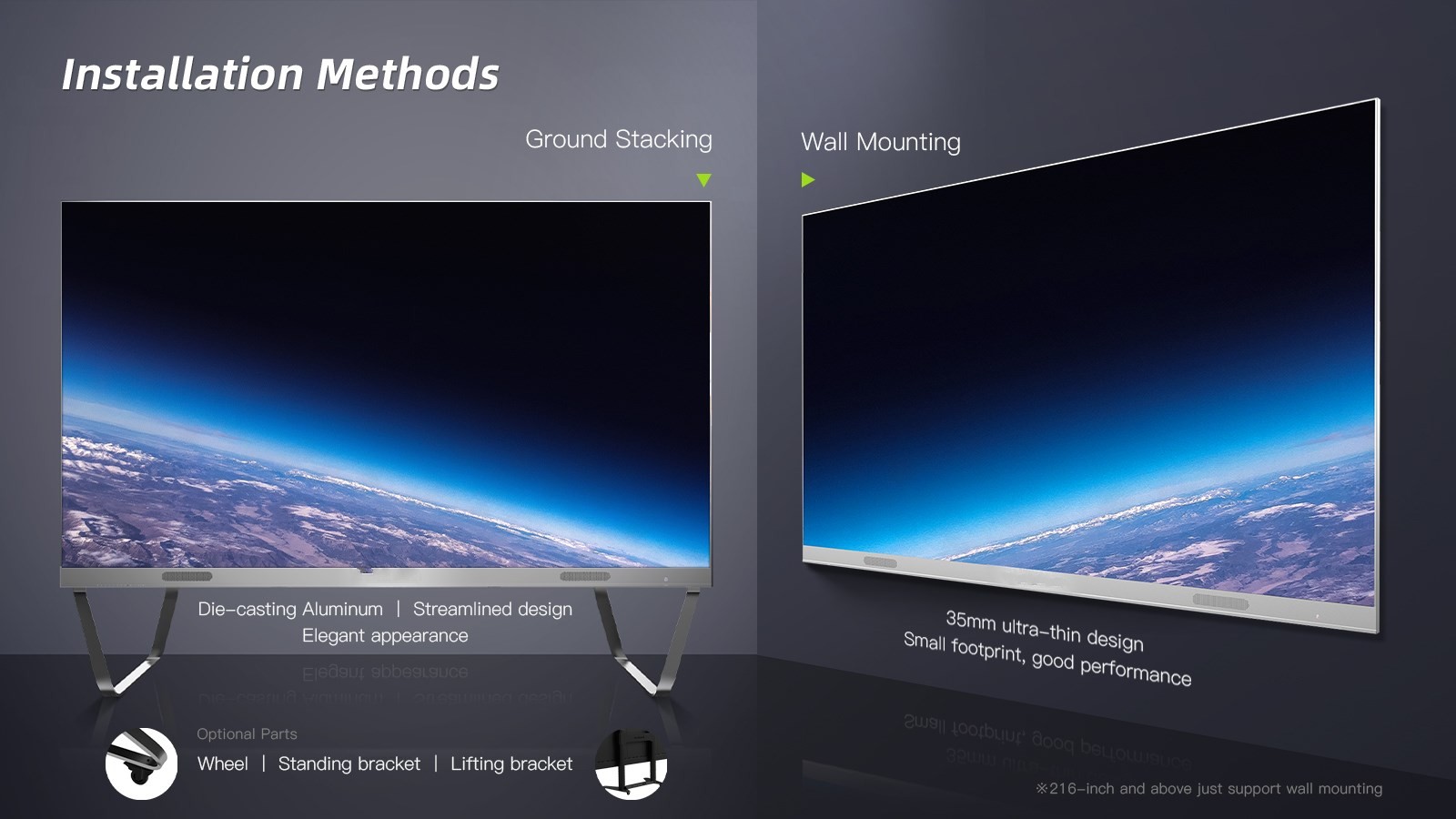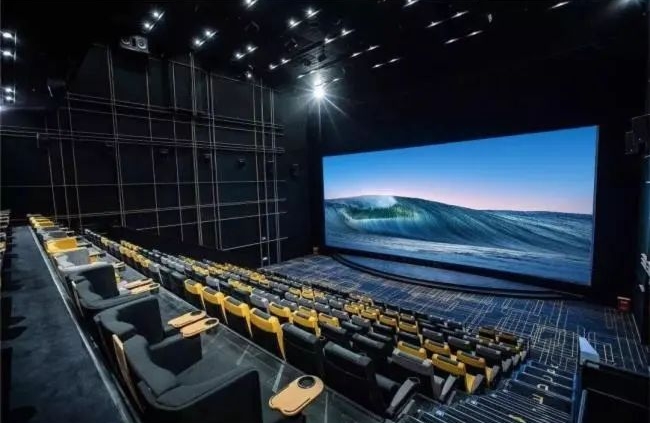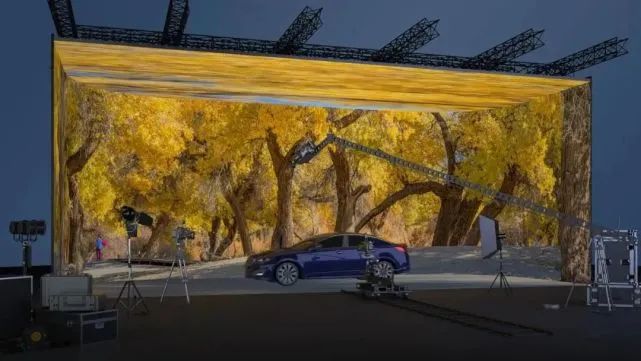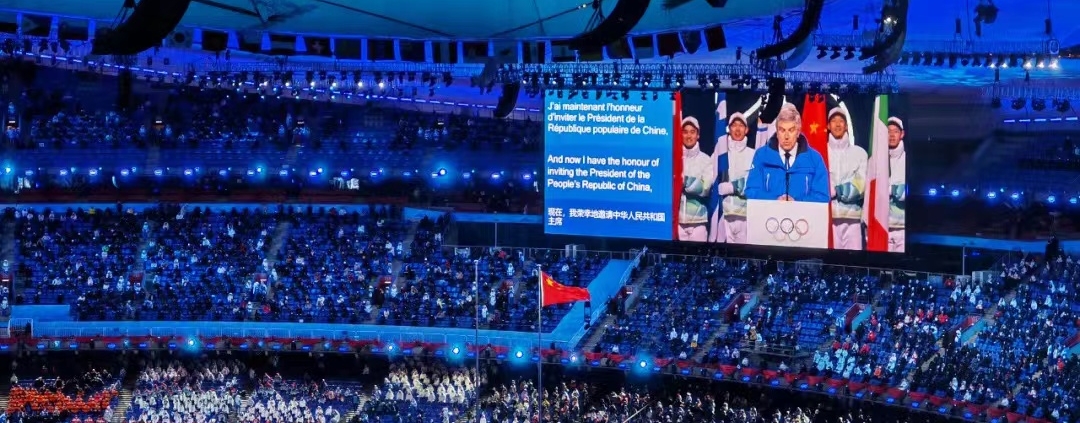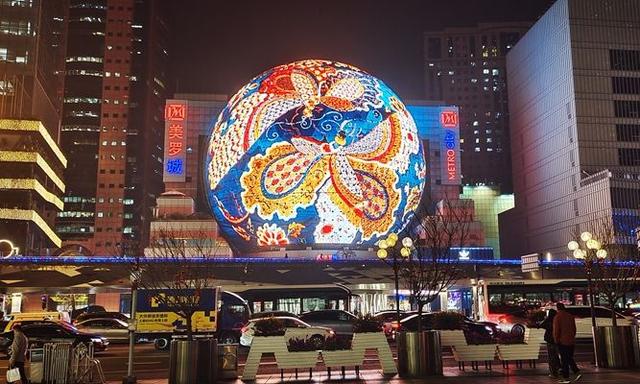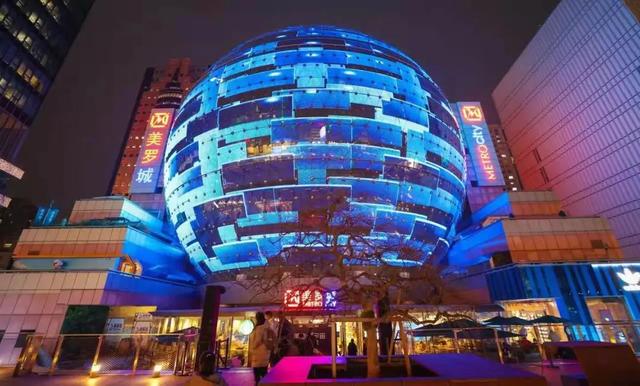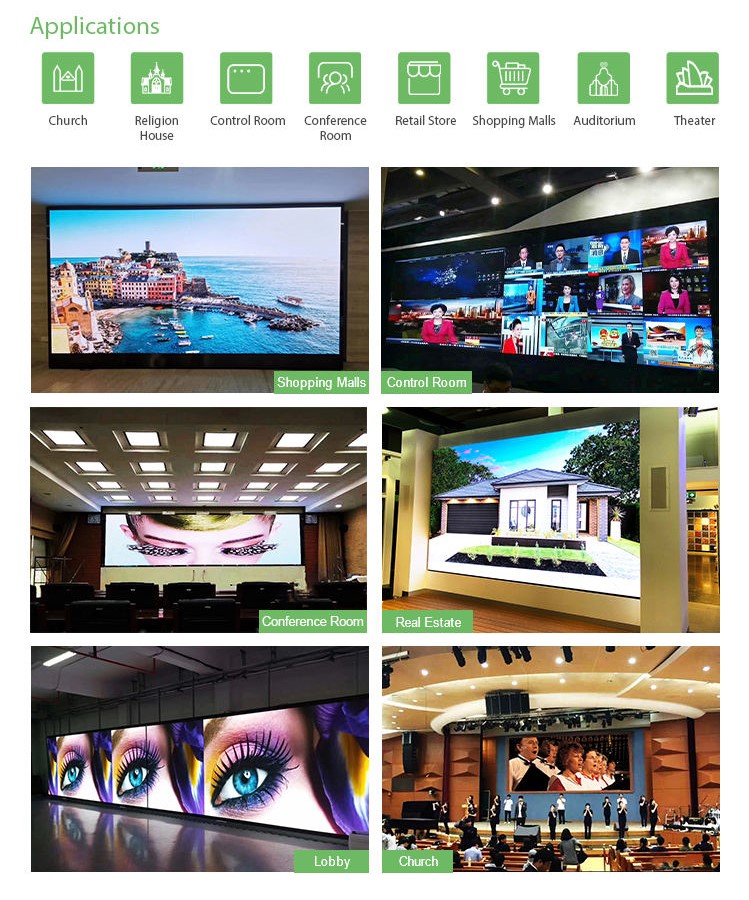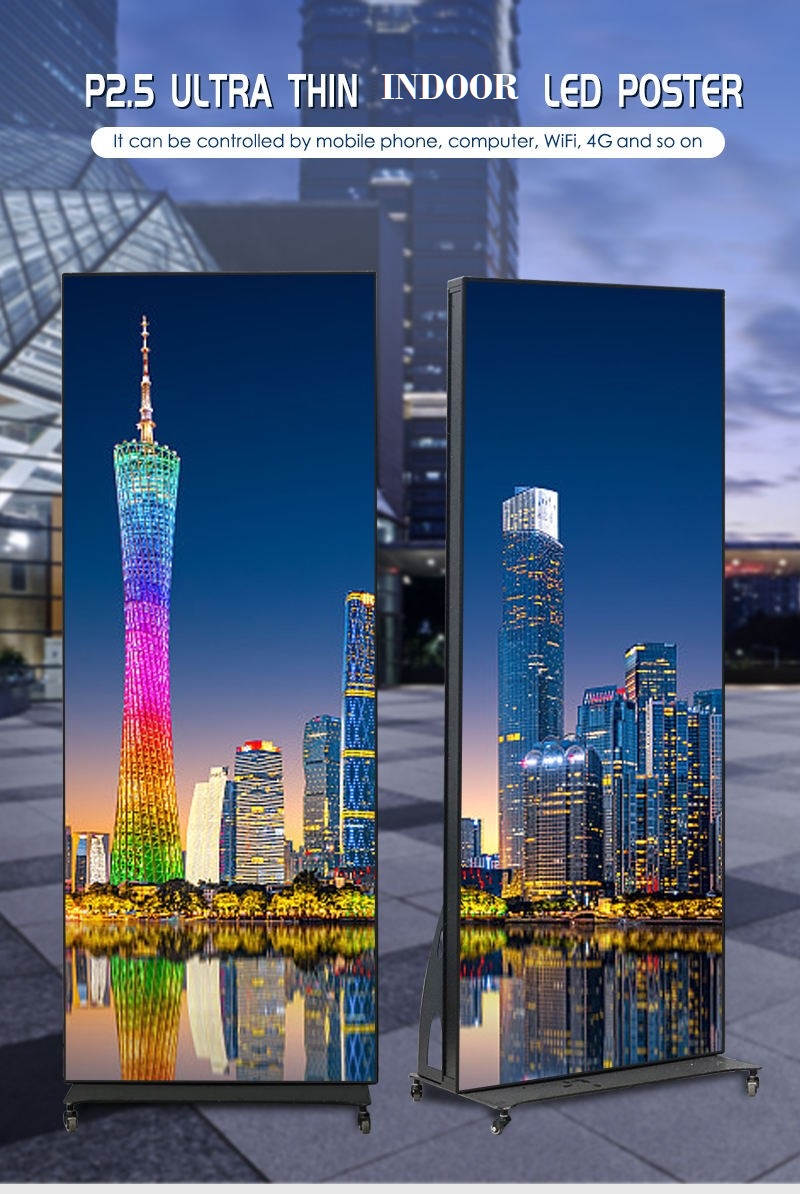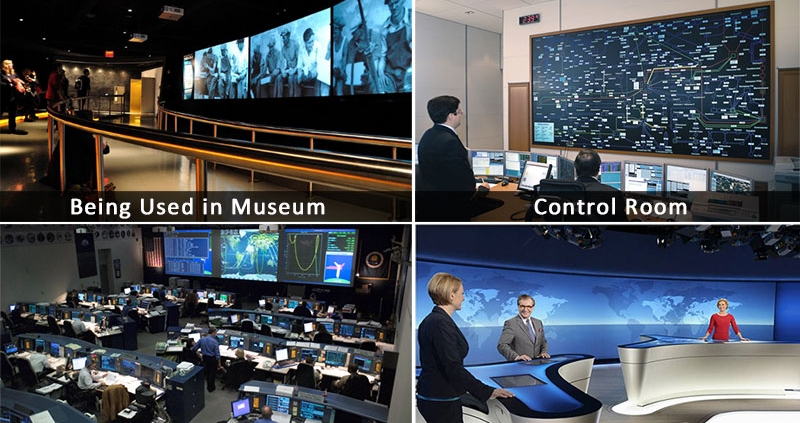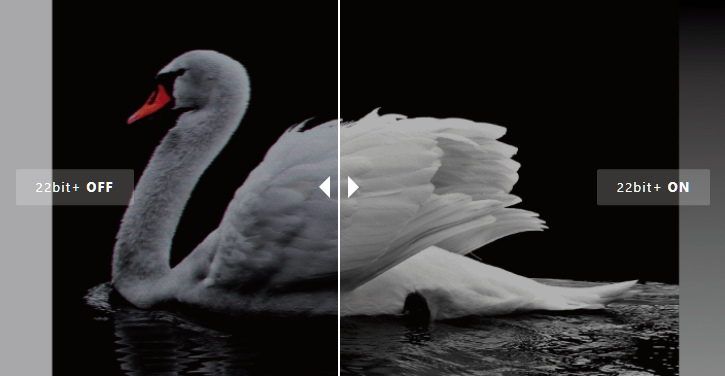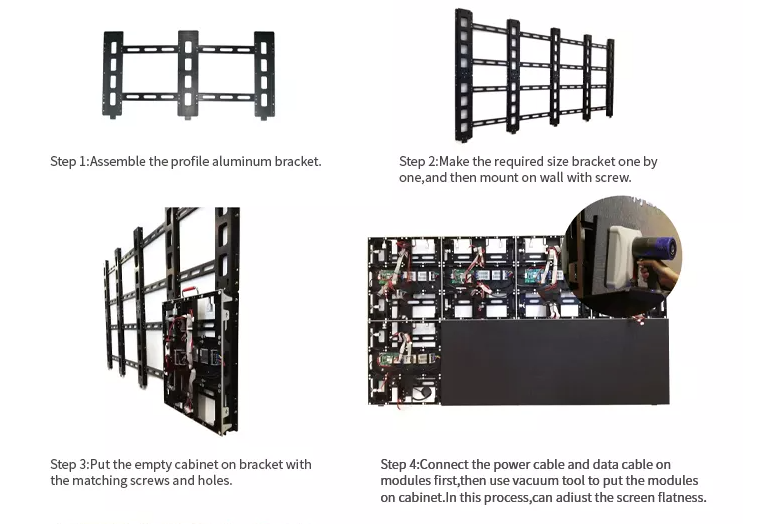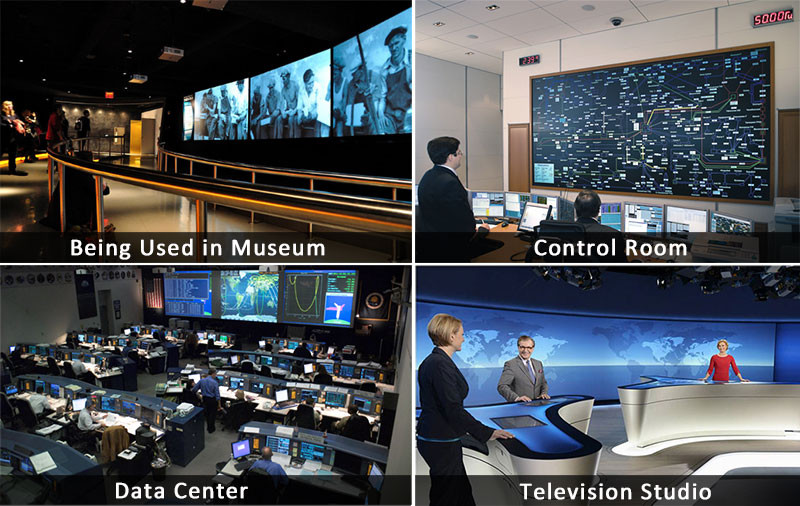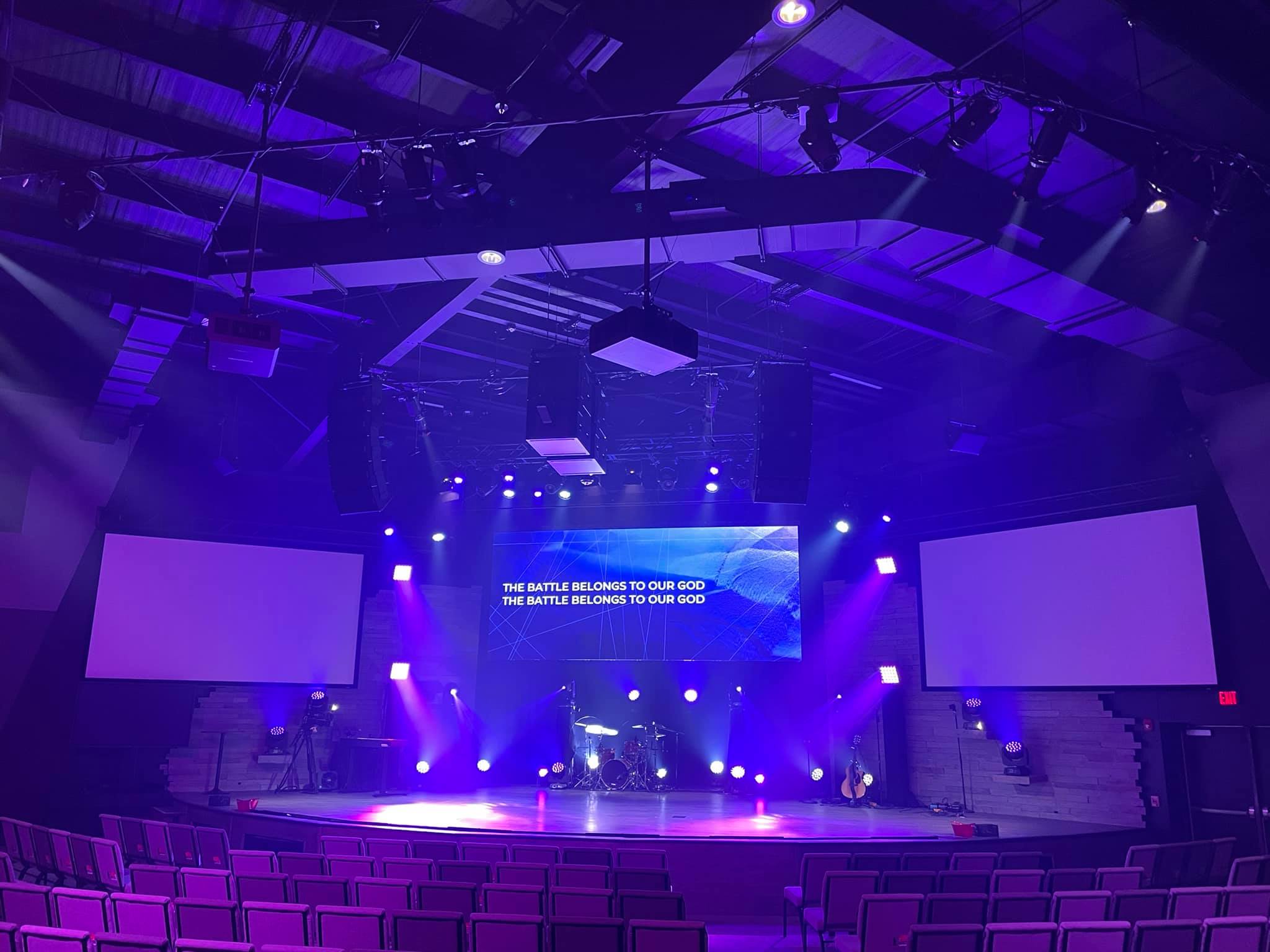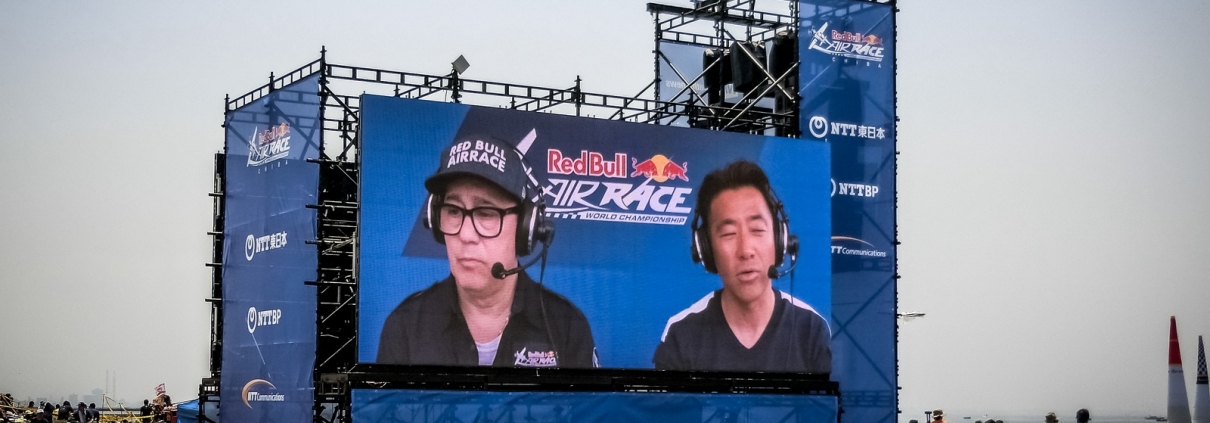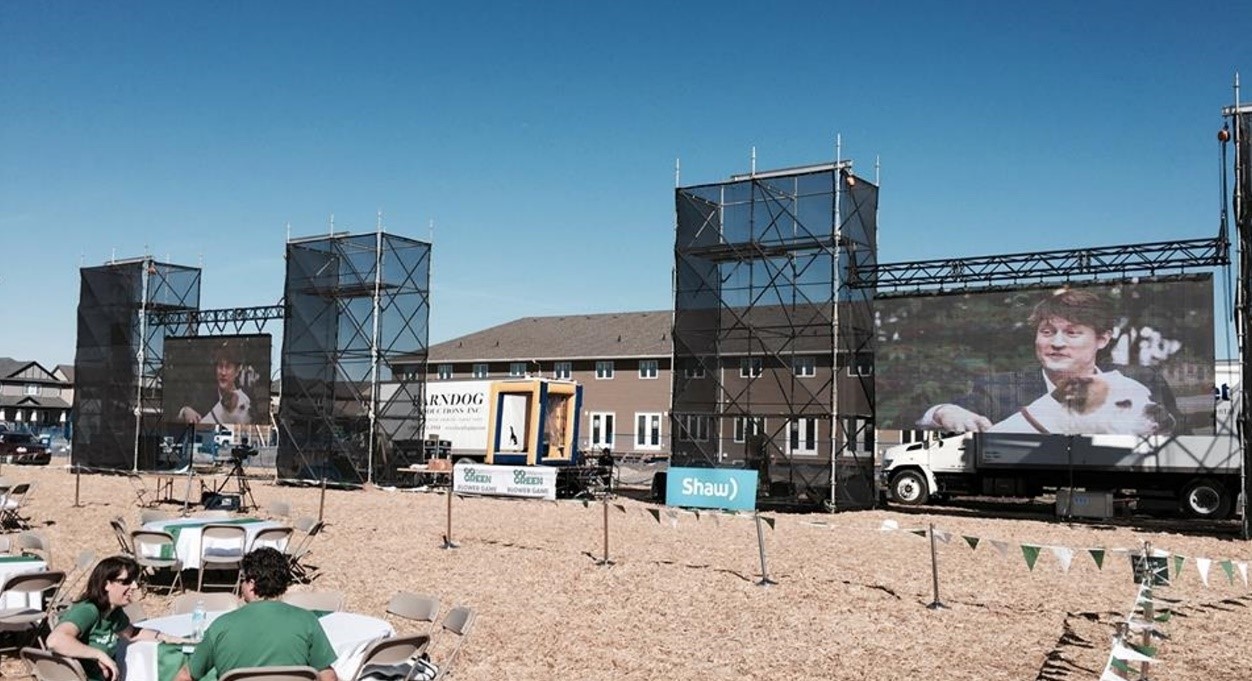A Complete Guide to Floor LED Screens
/LED display screens have always been the first choice for indoor and outdoor content display because of its excellent display and flexible assembly. It is much more revolutionary to combine display and interactivity as a floor LED screen in the process of constant improvement and iteration of LED display technology. Expect the stunning visual effects, the immersive and participatory experience that a LED floor display offers participants is so compelling that an increasing number of cultural events and the entertainment industry opt to use it as their floor display solution.
Floor LED screens are being used increasingly frequently to draw in more target audiences and boost performance as the entertainment industry and cultural performances are booming. You’ve come to the right place if you’ve never heard of LED screen floors. This post will provide you a thorough analysis of floor LED screen solutions so you can apply them to grow your business exponentially.
What is the Floor LED Screen?
Floor LED screens refer to LED panels with extreme load-bearing properties laid on the ground to provide a floor display. The LED screen floor typically has an indefinitely large grid made up of numerous small LED modules. Each LED module contains a rectangular matrix with 32 rows and 16 columns of LEDs. These thousands of LEDs may all be operated separately to produce a wide range of beautiful, moveable, and vibrant patterns.

The visual display on traditional floor LED screens has advanced to an amazing level. In this case, numerous LED screen manufacturers upgrade them into interactive LED floor screens to meet a variety of entertainment purposes by fusing sensor and display technology. Thanks to the sensing technologies, interactive LED floor screens are gradually taking the lead among floor display options by giving participants an outstanding visual and interactive experience.
How Does Interactive LED Floor Screen Work?
With the aid of contemporary technology, interactive LED floor screens can provide stage performances and party entertainment with a more varied and personalized presentation, allowing the audience to experience pleasant surprises. And the primary reason for this effect is that the interactive LED floor screen combines pressure sensors, capacitive sensors, infrared sensors, images and other equipment on the basis of ordinary floor LED screens.
Signal acquisition, signal processing, imaging and interaction make up the core three components of the interactive LED floor screen system’s operation.
Signal Acquisition – When someone moves on the LED floor screen, the infrared sensor, pressure sensor and imaging device of the interactive LED floor display system will work together to capture the movement of the target object in real time.
Signal Processing – The interactive LED floor display system will analyze the captured information in real time and send the generated data back to the master controller and interface with the virtual scene system.
Imaging and Interaction – In this part, the interactive LED floor screen system uses predefined interactive materials, display devices and other auxiliary devices (such as media controllers) to present the animated images at the specific location of the target object after logical judgment. This creates a tightly integrated real-time interactive effect between the participants and the LED screen floor.
What are the Advantages of Floor LED Screens?
RIGARD floor LED screens, which are widely used on stages, concerts, shopping malls and exhibition halls, have incomparable advantages over traditional LED displays and projectors in terms of content display, load-bearing, protective performance and heat dissipation performance.
Powerful Interactivity
The interactive LED floor screen can quickly process data and provide intriguing interactive effects on the movements thanks to the integrated intelligent sensor device. In order to ensure that it only records actual touches and ignores transients like dust, chairs, or other foreign objects, interactive LED floor screens from RIGARD feature hundreds of high-resolution tracking sensors that are calibrated to the floor surface on a regular basis. However, the fun of engaging with the floor is absent for the conventional LED display screens and projectors, which can only play a fixed picture in accordance with the predetermined content to fit the performance.

Powerful Load-bearing Performance
The floor LED screen must have a higher load-bearing capacity than a regular LED display screen because it is mounted on the floor and supports a lot of weight from people and objects. LED screen floor with strong load-bearing performance is the key to ensure user safety and display equipment operation. The maximum load-bearing capacity of RIGARD LED floor displays can reach 2T/m², which readily supports the weight of many people and vehicles.
Excellent Protection Performance
High brightness, wide viewing angle, high temperature resistance and water resistance as the necessary characteristics of traditional LED screen panels provide the best guarantee for content display, and the interactive LED floor screen is no exception.
Based on this, the mask of interactive LED floor screen, which is constructed of highly wear-resistant resin or frosted glass, can successfully serve the purposes of anti-slip, durability, and anti-cutting. Also, the floor-mounted LED display panels are better protected thanks to waterproof rubber rings that surround the mask and bottom case, making them seamlessly assembled.
Easy Installation
The interactive LED floor screen is easy, quick, and flexible to install. As mentioned earlier, an interactive LED screen floor is built utilizing several LED modules. Depending on the size and shape of the venue, you can even create a unique space. The pre-maintenance installation of floor LED screens also enables rapid disassembly and installation of individual LED modules using suction cup tools without removing neighboring LED modules. As a result, installation efficiency is considerably increased and maintenance expenses are decreased.
Application of Floor LED Screens
Floor LED screens are gradually being used in a variety of commercial settings to attract target audiences, thereby promoting growth in performance. This is due to the stunning visual experience and immersive interaction that floor LED screens give in live broadcasts, stage performances, and interactive games.
Stage Performance – Large-scale stage events have become the most common setting for floor LED screens in recent years. The use of stage LED floor screens in stage performances is very impressive. Combined with the performer’s movement and performance content, the dance floor LED display can present a gorgeous animation effect in real time, creating a more fantastic stage effect. At the point where more stage designers are choosing to include the stage backdrop into the LED floor display, floor LED screens have evolved into a vital tool for performers to present breathtaking stage performances and for audiences to enjoy the feast.
Large Shopping Malls – Floor LED screens are a more novel advertising carrier compared to the traditional LED display for advertising at some large malls. Through the intelligent interactive function, it may increase the number of potential consumers to your business. By displaying brand and promotion information, Floor LED screens are also a helpful tool for brand marketing.

Entertainment Venues – LED floor displays can introduce interesting physical games and multiplayer interactive games in entertainment venues like bars, KTVs, and gaming halls. They help to create an exciting entertainment environment, dramatically boost the fun of players, and raise the number of repeat visitors from users.
Exhibition Halls – In some science and technology museums or modern exhibition halls, interactive LED floor screens can help visitors to experience the wonders of technology in an immersive way. In addition, interactive LED floor screens have found more possibilities in the virtual reality world, making them ideal for creating immersive live experiences or realistic remote experiences.
Where to Get High-quality Floor LED Screens?
RIGARD is a specialist in interactive LED floor screens, providing you with customized solutions for interactive floor displays. Our LED display screens are embedded with hundreds of high-resolution sensors that precisely track and capture the movements of target objects on the floor surface. They are automatically calibrated, making interaction a powerful tool for your business to increase.
If you choose RIGARD’s interactive LED floor screens, you won’t have to worry about the load-bearing performance, protection, or installation because the modular installation method increases installation efficiency and lowers maintenance costs; the mask is made of highly wear-resistant resin or frosted glass; and the fastened cabinet support legs enhance the load-bearing and durability.
Nevertheless, RIGARD is happy to support your business expansion by offering a special and seamless interactive LED floor display solution tailored to your requirements, objectives, procedures, and expectations.

